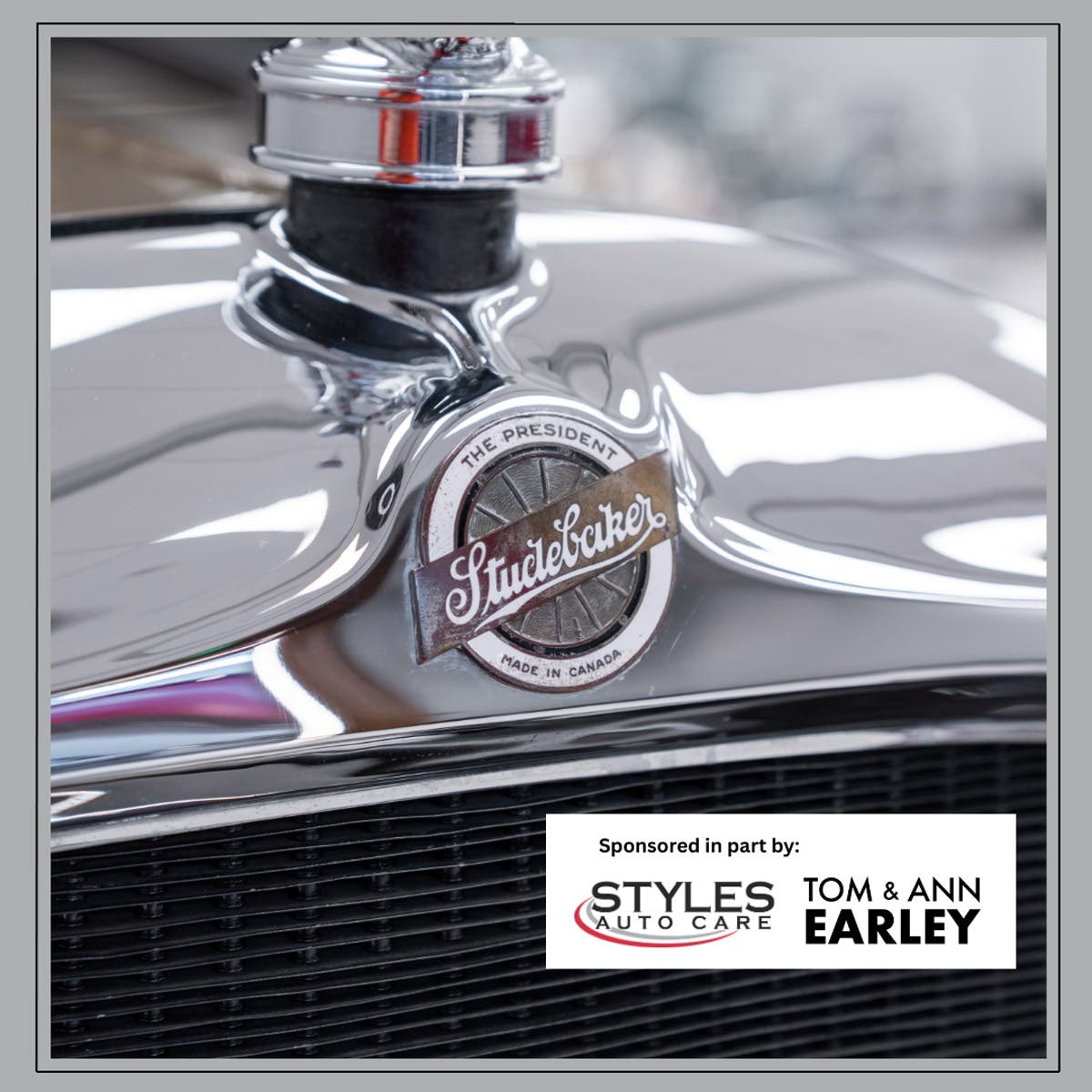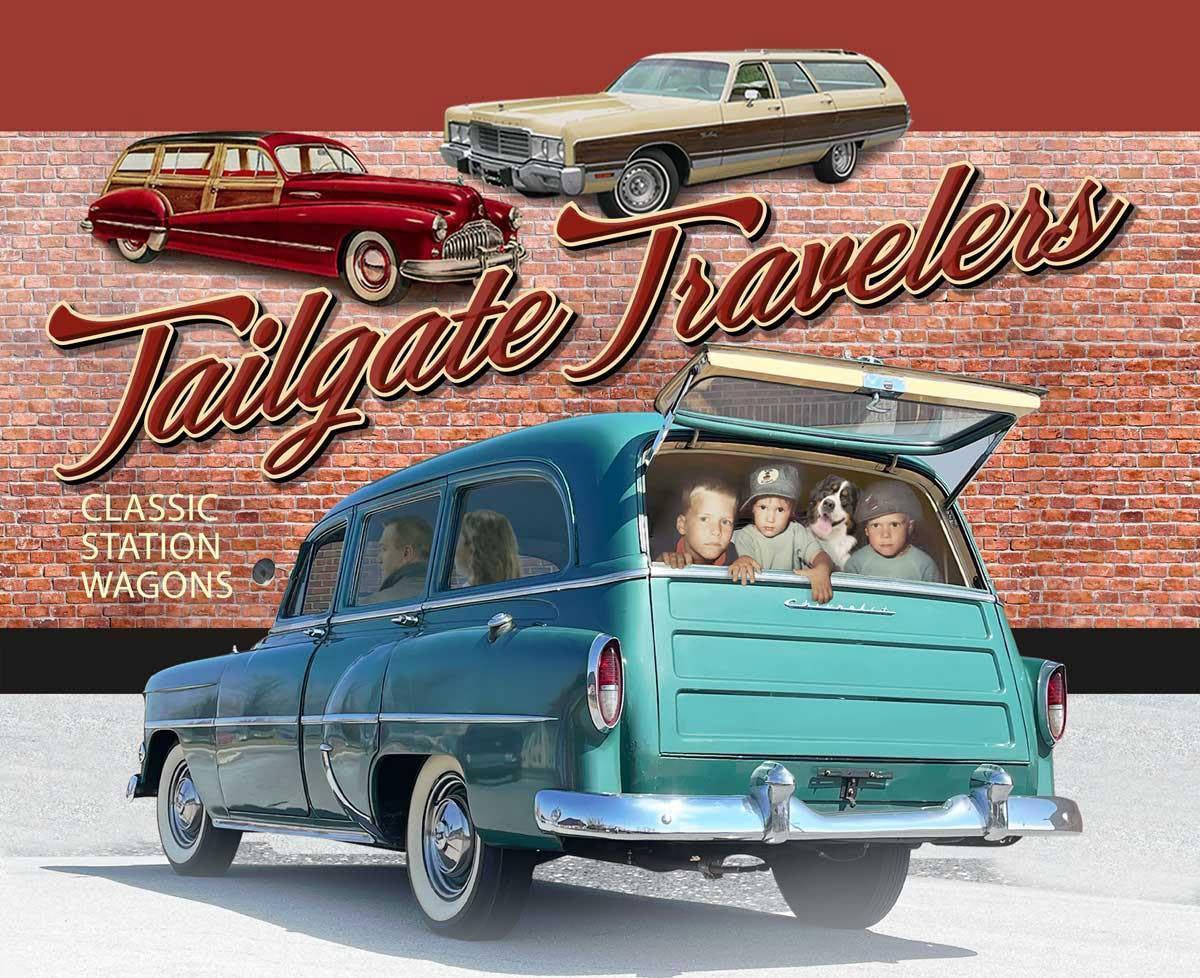Q&A: March 7, 2019 Edition
Q. I believe I have a blackout Packard Clipper. It is titled as a ’42, and the clock is stamped with “Jan. 1942.” It has a chrome grille and bumpers, but…
Q. I believe I have a blackout Packard Clipper. It is titled as a ’42, and the clock is stamped with “Jan. 1942.” It has a chrome grille and bumpers, but most of the trim is painted. I’m trying to get info on how late in the ’42 model year it was built. The engine has been changed, so the engine number won’t be of help.
— Mike Riefer, Owensville, Mo.
A. The serial number from the body that you sent will help, but not much. It begins with the body type, followed by the individual body number. Thus 1582-6893 pertains to a 1942 Series 2000 Clipper Special Six Touring Sedan, the 4,893rd of that type (numbering started at 2001). Unfortunately, we don’t know how many type 1582 bodies were made. Since all six-cylinder Packards for 1942 used the same engine, and 11,325 cars were built, we could estimate its date if you knew the original engine number. Suffice to say, though, that the January 1942 on the clock dates the car to that month or early February. Ford and Pontiac were the last to shut down their assembly lines, on Feb. 10, but I don’t know when Packard ceased production. Actually, I think the paint on the trim is sufficient to qualify your car as a blackout model.
Q. When did sun visors first become popular, such as the one used on cars right after World War II?I had heard that when the “C” bodied GM cars came out with the 1948 Olds 98 and the Cadillac Sixty Special cars, people where not accustomed to the large windshields. Did GM offer the Fulton-type sun visor? I have seen them on 1930s cars, but I believe they were not intended for them. Any history on this item?
— Jim Schrimpf, Cincinnati, Ohio
A. Interesting question, one I’ve never thought much about. That’s perhaps because I feel the aftermarket visors detract greatly from the looks of streamlined cars. On the other hand, the streamlining no doubt created the market for sun visors, as the more gentle slope of the glass makes sun rays much more likely to annoy and distract the driver. A quick look at a 1950 Oldsmobile accessory brochure shows a “Cadet Visor” that is very “Fulton-ish.” According to the brochure, it is “finished in the same identical color as the car and the die-cast chrome trim on the leading edge adds additional attractiveness. Overhead signals can be easily observed without changing position behind the wheel when an Oldsmobile ‘Traffic Light Viewer’ is installed.” That was the prismatic lens that mounted to the dashboard. It sounds like the viewer was not included with the visor itself, but had to be purchased at extra cost. Does anyone have an idea about the first windshield visor offered as a factory accessory?
Q. I own a 1924 REO Speed Wagon pickup. It has been recently appraised for $17,700. Would you know of an automobile museum that I could donate it to? It is located in [a museum in New York State] currently, but they do not respond to my request to donate it for a tax deduction.
— Tom Glaser, via e-mail
A. As it happens, this week’s Old Cars theme is the museums. Perhaps one of the museums covered here would like to have your truck. A truck museum might be more likely to want the Reo than a museum devoted entirely to cars. A museum near you would simplify the logistics of transporting the gift. Museum policies vary somewhat; some are amenable to gifts with restrictions, while others will only consider unconditional gifts, which can result in hurt feelings when a donated vehicle is not on display or perhaps sold out of the museum collection.
As for the appraisal of your 1924 Reo, it seems pretty well on the mark for a truck in good condition. One of the major auction houses sold a fully restored 1926 Model G Reo delivery truck for $27,000 at Hershey in October 2018.
To submit questions to this column: E-mail oldcars@krause.com or mail to: Q&A, Old Cars Weekly,5225 Joerns Drive, Suite 2, Stevens Point, WI 54481.








